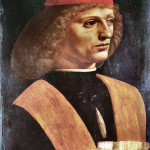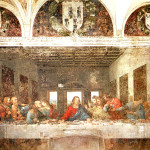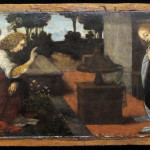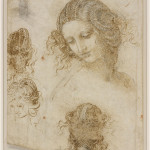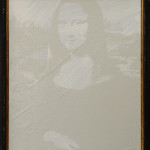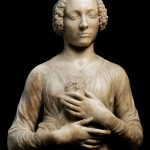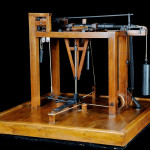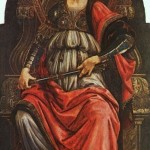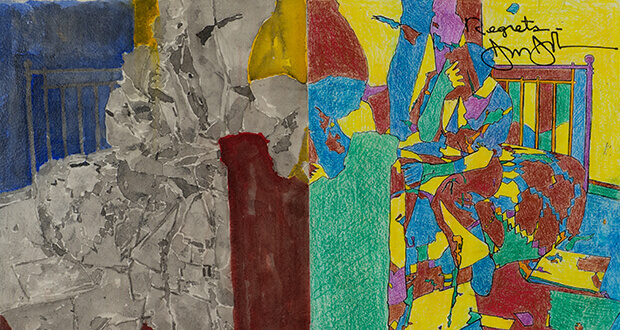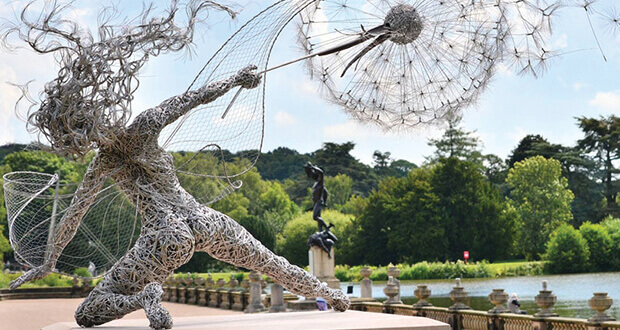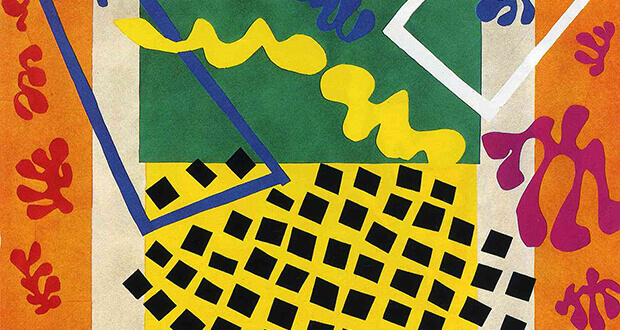Royal Palace, Milan
From April 16th to July 19th, 2015
[box type=”shadow” ]“As art may imitate nature, she does not appear to be painted, but truly of flesh and blood. On looking closely at the pit of her throat, one could swear that the pulses were beating”. Leonardo da Vinci, Trattato della Pittura.[/box].
[box type=”shadow” ]“The force and robustness of his draughtsmanship and his subtle and exact reproduction of every detail in nature, he showed in his works an understanding of rule, a better knowledge of order, correct proportion, perfect design, and an inspired grace. An artist of great vision and skill and abundant resources ”. Giorgio Vasari[/box]
On 15th of April, birth anniversary of Leonardo, there was the opening of the great exposition dedicated to Leonardo da Vinci in Italy, in order to celebrate his genius and majestic talent, emblem of Italian artistic creativity. He was a master in the main field of art, technology and industry: painter, sculptor, engineer, anatomist, botanist, musician and inventor. Eclectic man of brilliance, exponent of his historic time, main actor of Renaissance Age.
Result of five years work, the exhibition is curated by strong>Pietro C. Marani and Maria Teresa Fiorio, two of the most important historians of Renaissance, collecting more than 200 works from hundred museums all over the world. The event tells the entire artistic life of Leonardo, from Florence and Milan staying to his years spent in France.

Born in 15th of April 1454, Leonardo studied in Florence in Andrea del Verrocchio atelier. Here he learned about painting and sculpture, dedicating himself also to engineering and drawing, welcomed to Lorenzo il Magnifico elite he become a master in artistic vision and creativity. He tries to connect art to science.
The exhibition presents, in twelve sections, the entire universe of Leonardo, versatile character, admired as an artist and a scientist: his ambition for utopistic projects, almost impossible to realize, like flying or walking on water, the searching for mechanical automation and Leonardo’s dream of representing, examining and understanding everything made him a pioneer of knowledge.
The event path counts authentic works by Leonardo- drawings, paintings and manuscripts – side by side with some of his predecessors: painters, sculputors, spacialists and theorists.
The two final sections show Leonardo’s influence as a painter and art theorist for the Modern Age and the growing of his myth, having its acme with the Mona Lisa.
Here follows the twelve sections:
Drawing as the Cornerstone, Nature and the Science of Painting, The Dialogue of the Arts, The Dialogue with Antiquity, Anatomy Physiognomy and the Motion of Mind, Inventions and Mechanics, Dream, Reality and Utopia, The Unity of Knowledge, De Coele and Mundo: images of the Divine, Leonardo’s Legacy: pupils, followers and the Book on Painting, The Legenf of Leonardo.

The art exposition presents seven extraordinary masterpieces of Leonardo: Saint Jerome from Vatican Gallery, The Dreyfus Madonna from National Gallery of Art of Washington, Head of a Woman from National Gallery of Parma, Portrait of a Musician from Pinacoteca Ambrosiana in Milan and also the three worldwide well-known masterpieces, real icons, from Louvre Museum: La Belle Ferronière, The Annunciation and St. John the Baptist.
To enrich further the visitors experience on display there are also some masterpieces, on loan from major museum and private collection, of other Italian painter like Antonello da Messina, Botticelli, Filippino Lippi, Paolo Uccello, Ghirlandaio, Verrocchio, Lorenzo di Credi, Francesco di Giorgio Martini, Bonaccorso Ghiberti, Il Bramante.
The National Museum of Science and Techonology, dedicated to the great master, lends to the exhibition two historical models of machine – Self-Propelled Cartand Automatic gold-beater – realized by Leonardo’s drawings.
The final dedicated area show how influential Leonardo, supreme inspiration also for contemporary artists like Marcel Duchamp and the Pop Art of Andy Warhol.
The exhibition is promoted by Comune di Milano, designed and produced by Palazzo Reale and Skira editore.
Information and reservations:
+39.0292800375 (Monday to Saturday from 8.00 to 18.30)
Link: mostraleonardodavinci.it

